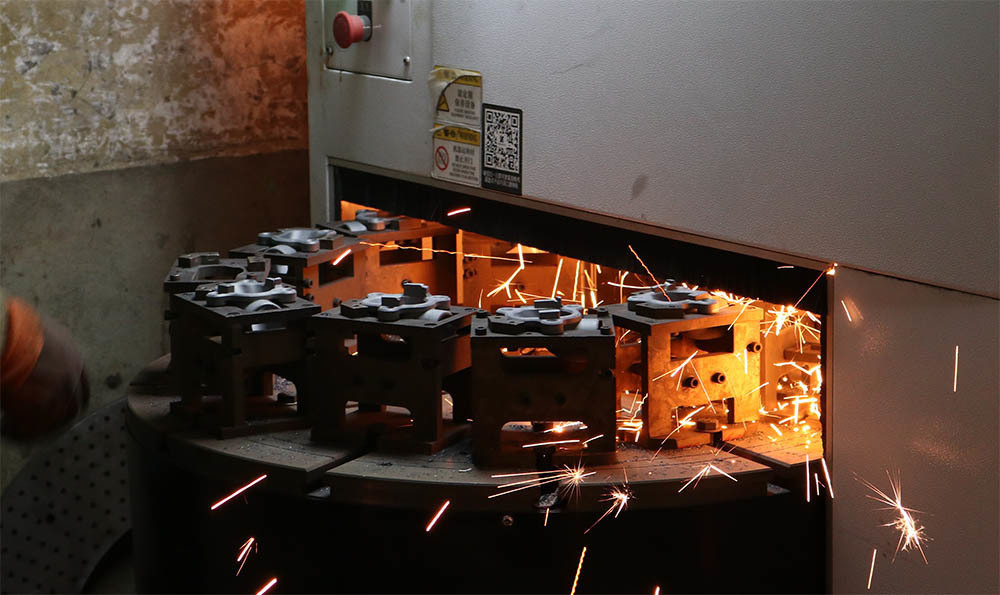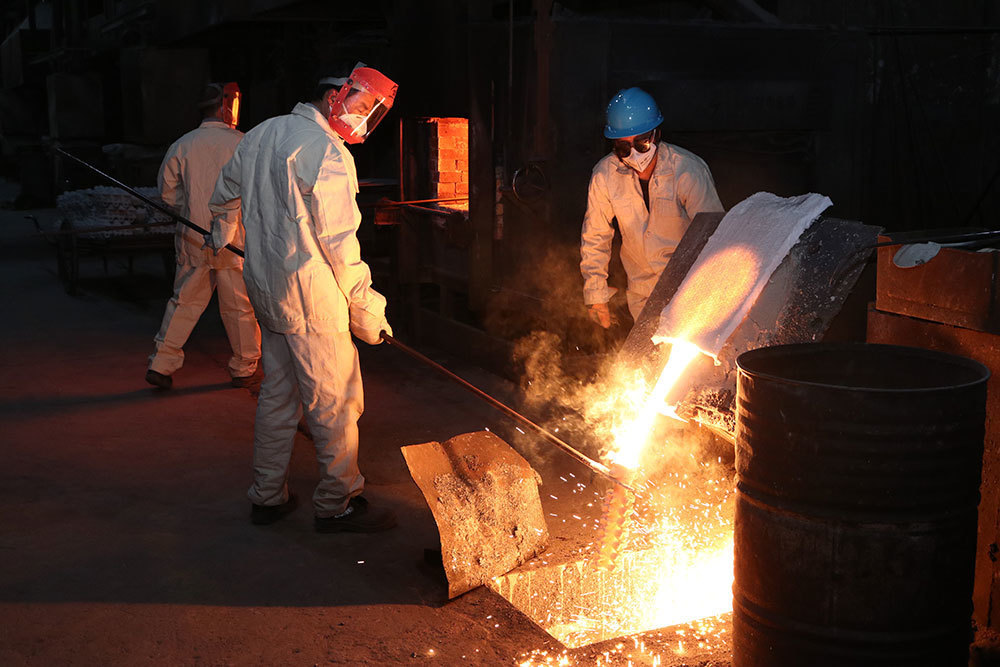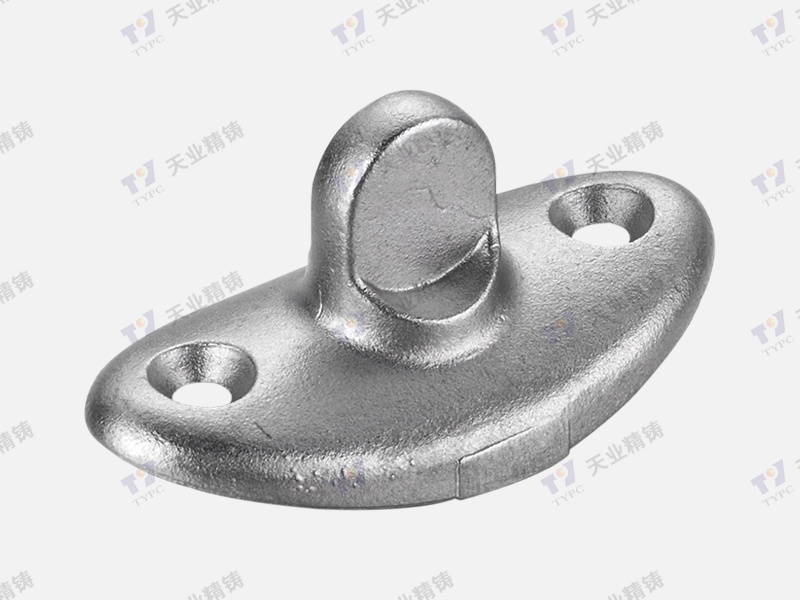2025-05-23
The Art of Crafting Automotive Perfection with Investment Casting: A Comprehensive Guide
The Art of Crafting Automotive Perfection with Investment Casting
Table of Contents
- 1. Introduction to Investment Casting in Automotive Manufacturing
- 2. What is Investment Casting?
- 3. Benefits of Investment Casting in the Automotive Sector
- 4. Applications of Investment Casting in Automotive Parts
- 5. The Investment Casting Process Explained
- 6. Sustainability and Investment Casting
- 7. Future Trends in Investment Casting for Automotive Applications
- 8. Frequently Asked Questions
- 9. Conclusion
1. Introduction to Investment Casting in Automotive Manufacturing
In the world of automotive manufacturing, the quest for perfection is relentless. From performance to aesthetics, every component plays a vital role in the overall quality of the vehicle. Investment casting has emerged as a leading method in producing intricate automotive parts that meet the highest standards of precision and reliability. This comprehensive guide delves into the art of crafting automotive perfection through investment casting, exploring its processes, benefits, applications, and future trends.
2. What is Investment Casting?
Investment casting, often referred to as lost-wax casting, is a manufacturing process that utilizes a wax pattern to create precise metal parts. The wax pattern is coated with a ceramic shell, which is then heated to remove the wax and harden the shell, allowing molten metal to be poured into the mold. This method provides exceptional dimensional accuracy and surface finish, making it ideal for producing complex geometries in automotive components.
3. Benefits of Investment Casting in the Automotive Sector
Investment casting offers numerous advantages that make it a preferred choice for automotive manufacturers seeking to achieve perfection. Below we explore key benefits:
3.1 Precision and Quality
One of the standout features of investment casting is its ability to produce highly intricate parts with tight tolerances. This precision reduces the need for additional machining, leading to significant time and cost savings. Every detail, from the smallest features to complex geometries, can be reproduced with remarkable fidelity, ensuring that automotive components meet stringent quality standards.
3.2 Material Optimization
Investment casting accommodates a wide range of materials, including stainless steel, aluminum, and nickel-based alloys. This versatility allows manufacturers to select the most suitable materials for specific applications, enhancing performance and durability. The ability to optimize materials contributes to improved fuel efficiency, reduced emissions, and overall vehicle performance.
3.3 Cost-effectiveness
Although the initial setup for investment casting may be higher than other methods, the long-term cost savings are noteworthy. The reduced need for machining, the efficiency of the process, and the ability to produce complex parts in a single step contribute to lower production costs over time. Moreover, the durability of investment-cast components minimizes the need for replacements, further enhancing cost-effectiveness.
4. Applications of Investment Casting in Automotive Parts
Investment casting's versatility allows for a wide array of applications within the automotive industry. Here we examine some of the most common applications:
4.1 Engine Components
Engine components are crucial for vehicle performance, and investment casting provides the precision needed for parts such as cylinder heads, intake manifolds, and exhaust components. These parts must withstand extreme temperatures and pressures, making the durability and accuracy afforded by investment casting essential.
4.2 Transmission Parts
The transmission is another vital system in vehicles, requiring components that can handle high torque and stress. Investment casting can produce gears, housings, and shafts that meet these demanding requirements. The ability to create lightweight yet strong parts contributes to overall vehicle efficiency.
4.3 Braking Systems
Safety is paramount in automotive design, and investment casting plays a crucial role in manufacturing braking system components like calipers and brackets. The high strength-to-weight ratio of investment-cast parts enhances braking performance while contributing to overall vehicle efficiency.
5. The Investment Casting Process Explained
Understanding the investment casting process is essential for appreciating its role in automotive manufacturing. The process consists of several key steps:
5.1 Wax Pattern Creation
The first step involves creating a wax pattern of the desired part. This pattern is typically produced using advanced 3D printing technology, allowing for intricate designs to be accurately rendered. The wax pattern is a crucial element as it directly influences the final product's shape and dimensions.
5.2 Mold Making
Once the wax pattern is created, it is coated with a fine ceramic material to form a mold. The mold is then heated to solidify the ceramic, creating a robust shell that can withstand the casting process. The removal of the wax pattern, often done through melting, leaves a cavity in the mold that is ready for the molten metal.
5.3 Casting and Finishing
After the wax is removed, molten metal is poured into the ceramic mold. Once the metal cools and solidifies, the ceramic shell is broken away, revealing the cast part. The final step involves finishing processes such as grinding and polishing to ensure the parts meet the required specifications and quality standards.
6. Sustainability and Investment Casting
Sustainability is becoming increasingly important in the automotive industry, and investment casting offers several environmental benefits. The process generates minimal waste, as excess material can often be recycled and reused. Additionally, the ability to create lightweight components contributes to improved fuel efficiency, reducing overall emissions. The use of sustainable materials and processes in investment casting aligns well with the automotive industry's shift towards eco-friendly practices.
7. Future Trends in Investment Casting for Automotive Applications
As the automotive industry continues to evolve, investment casting is poised to play a significant role in future innovations. Key trends include:
- **Increased Use of Advanced Materials:** The continuous development of new alloys and composite materials will enable investment casting to produce even more resilient parts that meet the demands of next-generation vehicles.
- **Integration of Smart Technologies:** With the rise of smart vehicles, investment casting may incorporate sensors and electronics directly into components, enhancing functionality and performance.
- **Automation and AI:** The adoption of automation and artificial intelligence in investment casting processes will streamline production, reduce lead times, and improve quality control.
8. Frequently Asked Questions
1. What are the main advantages of investment casting in automotive manufacturing?
Investment casting offers precision, versatility in materials, cost-effectiveness, and the ability to produce complex geometries, making it ideal for automotive applications.
2. How does investment casting compare to other manufacturing processes?
Investment casting provides superior precision and surface finish compared to processes like sand casting, while also reducing the need for secondary machining.
3. What materials can be used in investment casting?
Common materials used in investment casting for automotive parts include stainless steel, aluminum, and nickel-based alloys, each chosen based on specific performance requirements.
4. Is investment casting environmentally friendly?
Yes, investment casting generates minimal waste, allows for the recycling of materials, and contributes to fuel-efficient designs, aligning with sustainable manufacturing practices.
5. What is the typical lead time for investment casting projects in the automotive sector?
Lead times can vary based on design complexity and production volume, but investment casting generally offers faster turnaround times compared to traditional casting methods.
9. Conclusion
Investment casting stands at the forefront of automotive manufacturing, exemplifying the delicate balance between precision, efficiency, and sustainability. The ability to produce intricate components with unparalleled accuracy plays a crucial role in enhancing vehicle performance and safety. As the automotive industry continues to evolve, embracing advanced materials and innovative technologies, investment casting will remain a vital process in crafting automotive perfection. By understanding and leveraging the advantages of investment casting, manufacturers can meet the ever-increasing demands for quality, performance, and sustainability in the automotive sector.









